Mike Peachey Talks to Taradale Rotary about Shelterbox
Mike arrived at the last moment, having traveled from Palmerston North, following meetings. He was introduced by Ben Keehan, a man of few words.
Mike started by telling us he was a fireman, but also a member of the Shelter Box Response Team. He has held this role for 3-4 years and this has taken him around the world to places like Iraq, Kurdistan, Phillipines etc. He has just returned from Jordan and Syria where he has been training people in civil defence. Everywhere he looked, there were people needing some form of shelter. Around the world there are 85 million people with basic needs, more than WW2. Shelter is a primary need and SB helps fit this niche. Shelter Box has a unique funding model based on its association with Rotary.
Rotary supplies rapid funding, which many other organizations don’t enjoy, making it possible for Shelter Boxes to be operational within one or two weeks, and helps people start to recover their dignity of living and getting on with their lives. Their motto is “No Family without Shelter”. The organization was started by a Rotarian, Tom Henderson, a member of the Helston-Lizard Club in Cornwall. The Club promoted the project and adopted it as their Millennium project. The project is now run as a separate business from England. It has responded to a large number of disasters that have displaced people, be it war, earthquake, flooding etc. More recently Mike was in Fiji helping provide shelter to those whose homes were totally destroyed in Cyclone Winstone.
Mike started by telling us he was a fireman, but also a member of the Shelter Box Response Team. He has held this role for 3-4 years and this has taken him around the world to places like Iraq, Kurdistan, Phillipines etc. He has just returned from Jordan and Syria where he has been training people in civil defence. Everywhere he looked, there were people needing some form of shelter. Around the world there are 85 million people with basic needs, more than WW2. Shelter is a primary need and SB helps fit this niche. Shelter Box has a unique funding model based on its association with Rotary.
Rotary supplies rapid funding, which many other organizations don’t enjoy, making it possible for Shelter Boxes to be operational within one or two weeks, and helps people start to recover their dignity of living and getting on with their lives. Their motto is “No Family without Shelter”. The organization was started by a Rotarian, Tom Henderson, a member of the Helston-Lizard Club in Cornwall. The Club promoted the project and adopted it as their Millennium project. The project is now run as a separate business from England. It has responded to a large number of disasters that have displaced people, be it war, earthquake, flooding etc. More recently Mike was in Fiji helping provide shelter to those whose homes were totally destroyed in Cyclone Winstone.
ShelterBox contents are tailored to each disaster but typically contain a disaster relief tent for a family of 10, thermal blankets and groundsheets, water storage and purification equipment, solar lamps, cooking utensils, a basic tool kit, mosquito nets and a children's activity pack. For colder countries winterised aid is included with more blankets and groundsheets and a thermal liner that fits between the inner and outer layers of the tent retaining more heat. In any disaster a large number of people without shelter will inevitably be children. Schools will often have been destroyed along with homes and other buildings so SchoolBoxes can be included which contain essential supplies for teachers, including blackboard paint and chalk, along with school equipment for 50 children.
Recently there has been thought given as to whether the traditional shelter is the best response, and this has lead to the development of Shelter Kits where the kits now supplement current shelters. The contents are such that in the wake of a disaster, families can use it to make quick, easy and temporary repairs to their damaged homes - providing immediate shelter from the elements thus saving lives. It is not a replacement for a ShelterBox. It's an alternative; the tools and tarpaulin make it easier for families to repair their damaged homes, so they can move back in quicker. It can reach people and places a ShelterBox can't. A kit contains: two sheets of heavy duty tarpaulin - to restore walls or roofs; rope - to make shelters secure and stable; hoe – to prepare the ground and later be used for farming; tin snips - to cut tie wire or tin roofing plates; handsaw - to enable people to use timber or bamboo if it's available; 500g worth of roofing nails with washers to seal out rain; shovel - to prepare foundations for a shelter or dig drainage ditches; 1kg of timber nails -to secure and make fast the new settlement; 500g tie wire - to fix tarpaulins or bamboo structures and a claw hammer - another universal tool for nailing together a home. Kits are much cheaper than boxes.
Shelter Box now works with other major aid agencies, co-ordinating their efforts. It is growing and becoming more innovative. The central organization is still based in the UK and has recently tripled its staff. Mike stressed the donation flexibility. While $1500 will buy a shelter box, that amount will buy 15 shelter kits.
Mike took a wide range of questions in concluding his talk. Among them- a normal deployment is about two weeks, then its home waiting for the next disaster!;- he hasn’t worked in Syria, as Shelterbox doesn’t go there, but works with another agency which does.
Thanks was given by Helena Mead.
